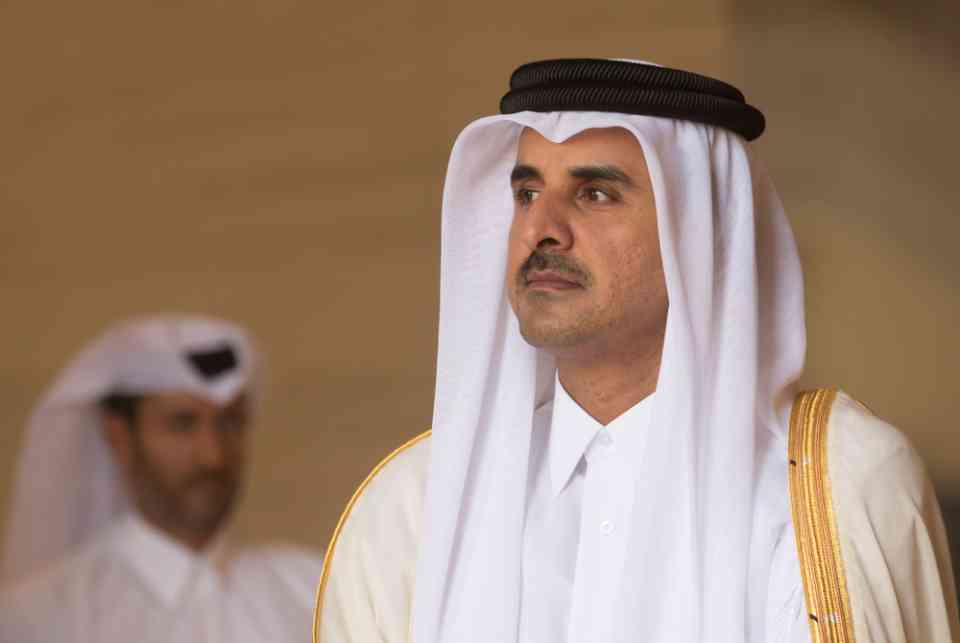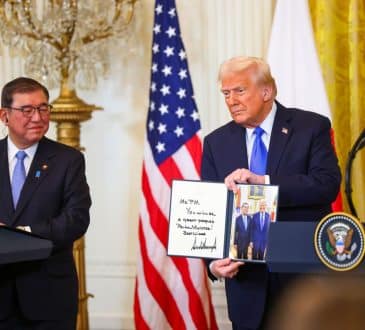Qatar’s Emir Visits India as Nation’s Legacy of Wealth and Power Endures

Qatar’s Emir, Sheikh Tamim bin Hamad Al Thani, is currently visiting India, where he received a personal welcome from Indian Prime Minister Narendra Modi upon his arrival in Delhi on Monday. This reception underscored both the Emir’s significance and the strong diplomatic ties between Qatar and India.
Qatar, one of the world’s wealthiest nations, is ruled by the Al Thani family, which holds vast financial resources. However, just five to six decades ago, most Qataris relied on fishing for their livelihood. Today, the country has transformed into a hub of luxury and prosperity.
Over the past 60 years, Qatar has evolved from a fishing-based economy into a global powerhouse in oil and natural gas production. With a population of only 280,000, it boasts an average income of $98,800 per person. In 2024, Global Finance ranked Qatar as the fifth richest country in the world.
The Al Thani family has governed Qatar since the early 1900s when it was still under British protection. In July 1913, Sheikh Abdullah bin Jassim Al Thani took over as ruler, at a time when Qatar’s economy was heavily dependent on pearl diving and fishing. However, the collapse of the pearl trade in the 1920s plunged the country into severe poverty and malnutrition.
A pivotal moment came in 1939 with the discovery of oil in Dukhan. However, significant developments in the oil sector were postponed until 1949 due to World War II.
Qatar’s real economic transformation began in the 1950s when, in 1951, the country started producing 46,500 barrels of oil per day. This sudden influx of revenue led to rapid economic growth. Oil production later surged to 233,000 barrels per day, bringing immense wealth to both the ruling family and the nation. With these resources, Qatar initiated modernization efforts, establishing schools, hospitals, power plants, and telephone exchanges, fundamentally altering the country’s trajectory.
The oil boom continued into the 1960s, further solidifying the Al Thani family’s grip on power. Many of its members secured high-ranking government positions, leading to a significant increase in their wealth. Qatar eventually gained independence from Britain in 1971.
In February 1972, Khalifa bin Hamad took control and introduced major policy reforms. He reduced royal family expenditures and redirected resources toward public welfare, significantly increasing investments in social programs, housing, healthcare, education, and pensions, which improved the quality of life for ordinary citizens.
By the late 1990s, Qatar had entered into production-sharing agreements with major international oil companies, which introduced advanced techniques like horizontal drilling to counter declining oil output. A collaboration with Maersk Oil led to the development of the world’s longest horizontal well, reinforcing Qatar’s dominance in the global oil market and further cementing the Al Thani family’s influence.
Today, Qatar continues to be a key player in global energy markets while maintaining its reputation as one of the world’s wealthiest and most strategically significant nations.
Have you read?
Richest Billionaire Investors.
Billionaire Winners.
Billionaire Losers.
Best Business Schools.
Best Hotel Schools.
Bring the best of the CEOWORLD magazine's global journalism to audiences in the United States and around the world. - Add CEOWORLD magazine to your Google News feed.
Follow CEOWORLD magazine headlines on: Google News, LinkedIn, Twitter, and Facebook.
Copyright 2025 The CEOWORLD magazine. All rights reserved. This material (and any extract from it) must not be copied, redistributed or placed on any website, without CEOWORLD magazine' prior written consent. For media queries, please contact: info@ceoworld.biz








